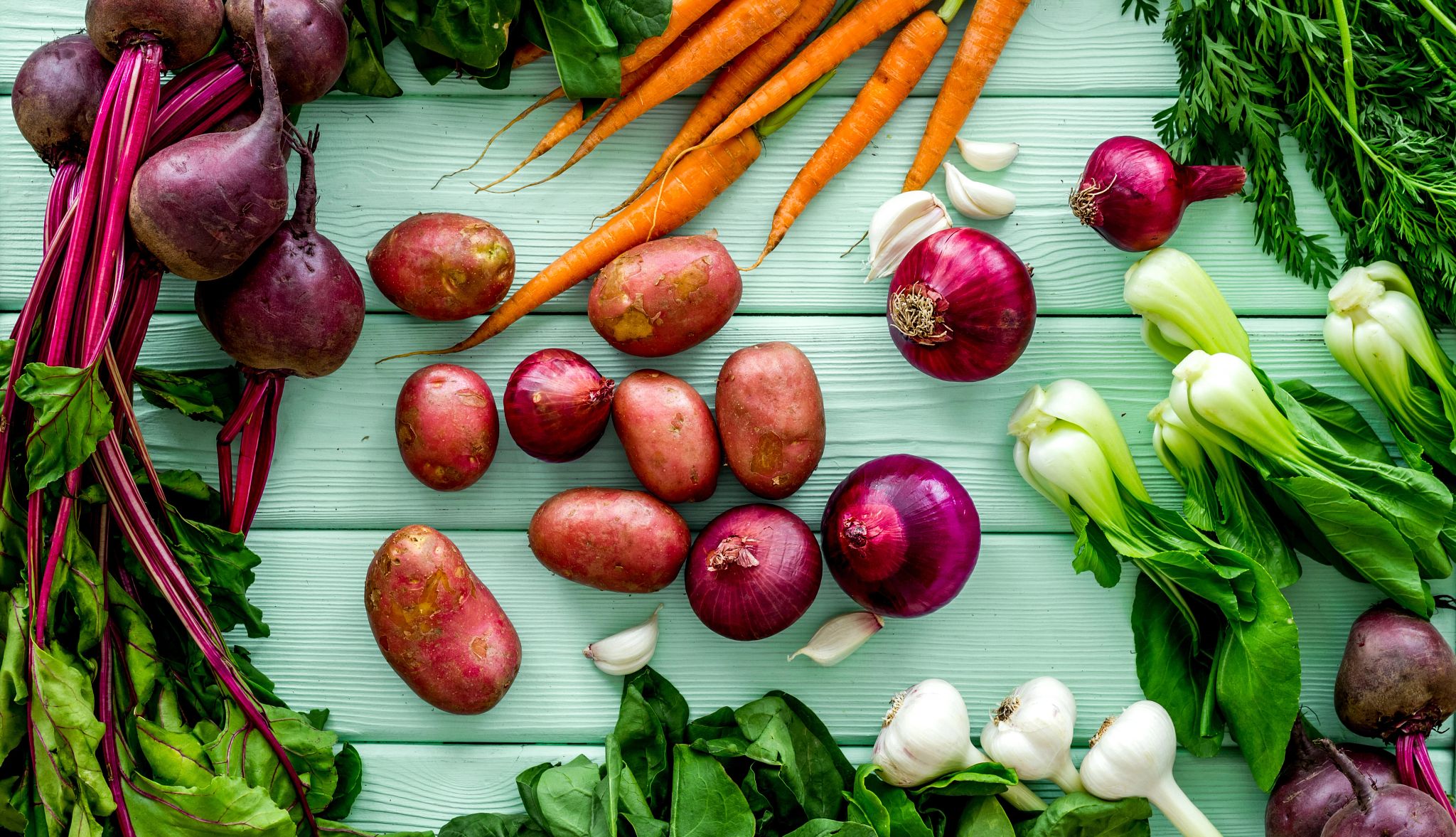
Older adults don't eat enough veggies. Here’s how to include more
- Select a language for the TTS:
- UK English Female
- UK English Male
- US English Female
- US English Male
- Australian Female
- Australian Male
- Language selected: (auto detect) - EN
Play all audios:

Vegetables get a bad rap. President George H.W. Bush notoriously (and openly) hated broccoli. Sports commentator Al Michaels, 79, says he’s never eaten a vegetable. Michelle Obama isn’t a
fan of beets. The problem is, older adults need vegetables to stay healthy. Yet most Americans, including those 50 and older, don’t eat enough of them. Only 12.5 percent of adults 51 or
older eat the recommended daily amount, according to the Centers for Disease Control and Prevention. Vegetables contain vitamins, antioxidants and fiber that help you maintain a healthy
weight and reduce the risk of diseases such as cardiovascular disease, type 2 diabetes and certain cancers. Veggies, especially raw leafy greens and some mushrooms, also tend to be lower in
fat, sugar and sodium. Michelle Madruga THAI YELLOW CURRY GROUND CHICKEN * 1 lb ground chicken or turkey * ½ cup shredded carrots * ½ cup onions * 2 garlic cloves minced * 1 egg * Salt and
pepper to taste * 1 Tablespoon of extra virgin olive oil * 1/4 cup Trader Joe's Thai yellow curry sauce, or more, to taste * Hot Sriracha sauce (optional) * Put olive oil in medium-hot
frying pan. Add carrots and onions for 3-4 minutes and then add garlic. * Spread onions and carrots to sides and add meat in the middle. Let brown 4-5 minutes. * Add egg and mix in. * Finish
cooking meat and stir in veggies. * Add curry sauce and salt and pepper to taste. * Serve with white rice and broccoli and perhaps hot chili sauce. Can also serve in lettuce wraps. “It’s
concerning,” says Caree Cotwright , director of nutrition security and health equity for the U.S. Department of Agriculture (USDA). “We depend on vegetables to get nutrients. We want to make
sure that our older adults are getting those vital nutrients.” And we need more nutrients as we age, says Sarika Shah, a registered dietitian/nutritionist in San Ramon, California. How
much exactly should we aim for? Recommended nutrition guidelines call for adults to consume 2 ½ cups of vegetables a day, according to the USDA. For people who dislike vegetables, there are
ways to trick your taste buds. Here are five simple ways to add more vegetables to meals ... that you’ll never notice. GET VEGGIES INTO BREAKFAST If you like oatmeal, Shah suggests adding
cauliflower rice (buy it frozen or grate it yourself) for extra fiber, potassium and Vitamin C. Gradually add it until the mixture is half oats and half cauliflower rice. When making an
omelet, instead of just cheese, try adding vegetables. BEEF UP YOUR NUTRIENTS If you’re making a meal with ground meat, throw in some diced veggies of your choice to add nutrients. When
Northern California resident Michelle Madruga, 54, makes a weekly ground chicken dish, she adds shredded carrots and onions and serves it in a lettuce wrap topped with soy sauce or with
steamed rice and broccoli on the side to make it healthier.
